Raised Garden Bed - Wood Type
mandmsears
5 years ago
Featured Answer
Sort by:Oldest
Comments (9)
yolos - 8a Ga. Brooks
5 years agoTranquil Garden
5 years agoRelated Professionals
Reading Landscape Architects & Landscape Designers · East Rancho Dominguez Landscape Architects & Landscape Designers · Piqua Landscape Architects & Landscape Designers · Dudley Landscape Contractors · Centreville Driveway Installation & Maintenance · Lakeland Driveway Installation & Maintenance · Peabody Landscape Contractors · Cerritos Landscape Contractors · Gaithersburg Decks, Patios & Outdoor Enclosures · Berkeley Heights Landscape Contractors · Fort Mill Landscape Contractors · Lebanon Landscape Contractors · New Braunfels Landscape Contractors · Tamarac Landscape Contractors · Glen Avon Solar Energy SystemsTranquil Garden
5 years agonancyjane_gardener
5 years agoprairiemoon2 z6b MA
5 years agokudzu9
5 years agoUser
4 years agolast modified: 4 years agomad_gallica (z5 Eastern NY)
4 years ago
Related Stories
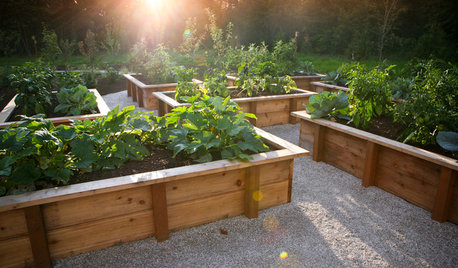
GARDENING AND LANDSCAPINGRaised Beds Lift Any Garden
From good old-fashioned wood garden boxes to modern metal troughs, raised beds can make any landscape space look great
Full Story
GARDENING GUIDES8 Materials for Raised Garden Beds
Get the dirt on classic and new options for raised vegetable and plant beds, to get the most from your year-round garden
Full Story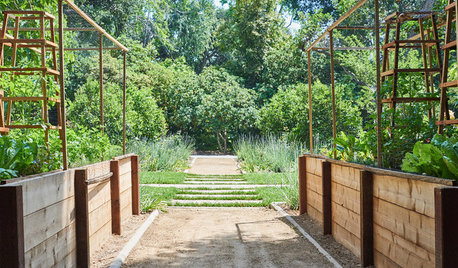
EDIBLE GARDENS7 Tips to Ensure Success With Raised Bed Gardening
Raised bed gardening is a favorite for edible plants. Here’s how to get it right
Full Story
GARDENING AND LANDSCAPINGBuild a Raised Bed to Elevate Your Garden
A bounty of homegrown vegetables is easier than you think with a DIY raised garden bed to house just the right mix of soils
Full Story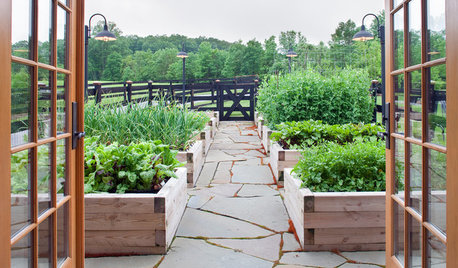
FARM YOUR YARDRaised Beds for Every Garden Style
There’s a raised bed design for every landscape, from traditional to contemporary
Full Story
SPRING GARDENINGInspiring Raised Beds for Fall and Spring Planting
Make Your Next Vegetable Garden Even Better with Beautiful Boxes and Paths
Full Story
FARM YOUR YARDHow to Build a Raised Bed for Your Veggies and Plants
Whether you’re farming your parking strip or beautifying your backyard, a planting box you make yourself can come in mighty handy
Full Story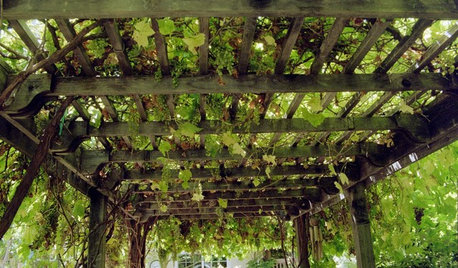
GARDENING AND LANDSCAPINGVertical Gardens Raise the Limits for Landscapes
Turn a small garden space into a towering success with an upward-bound collection of edible delights
Full Story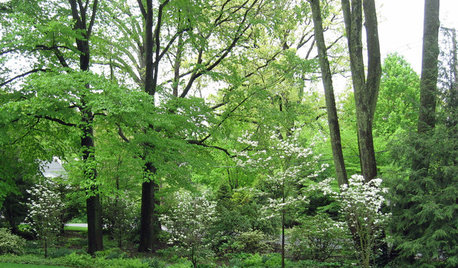
EARTH DAYAdd Layers to Garden Beds for Beauty and Sustainability
You can renew nature at home by filling in gaps with native plants and extending the bloom season
Full Story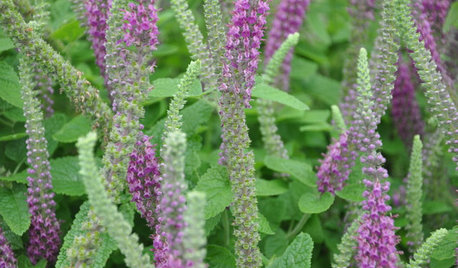
SUMMER GARDENINGGreat Design Plant: Iranian Wood Sage
Architecturally spiky yet soft in a breeze, this heat-tolerant plant brings on the butterflies and gives gardens a delicious scent
Full Story





theforgottenone1013 (SE MI zone 5b/6a)